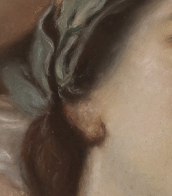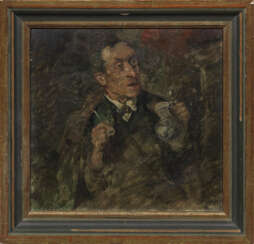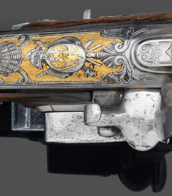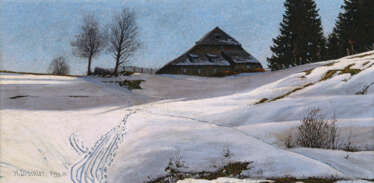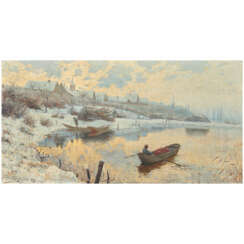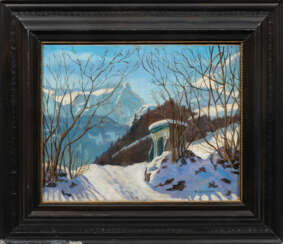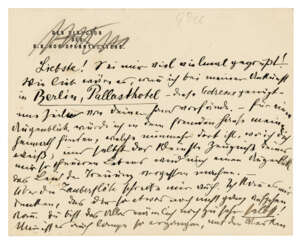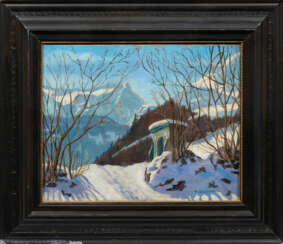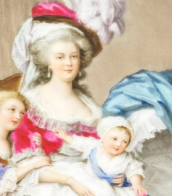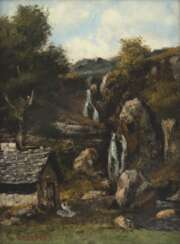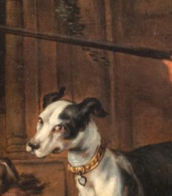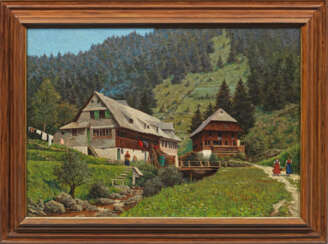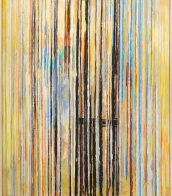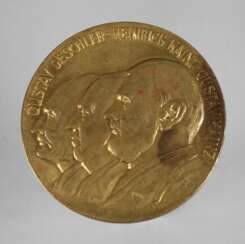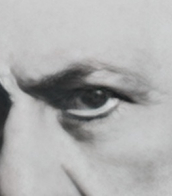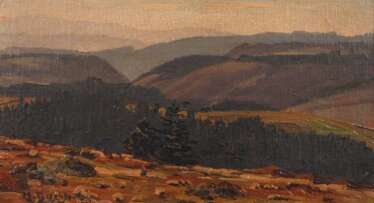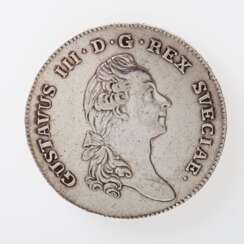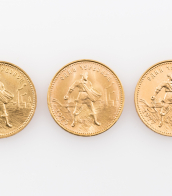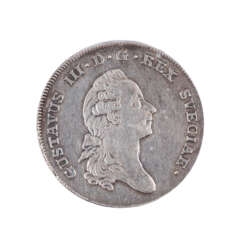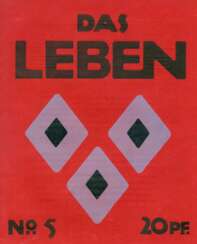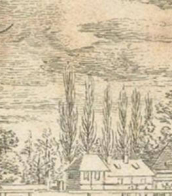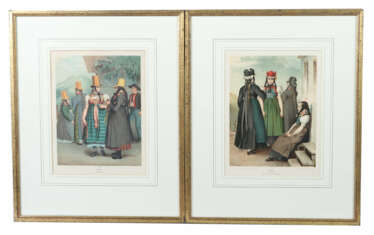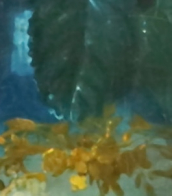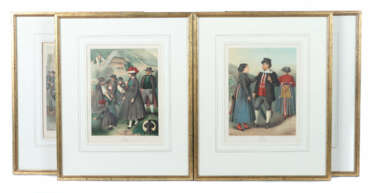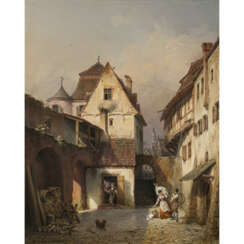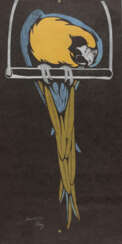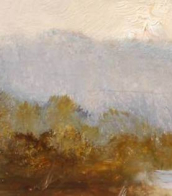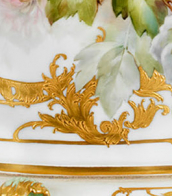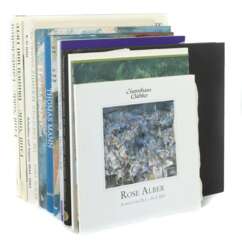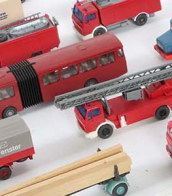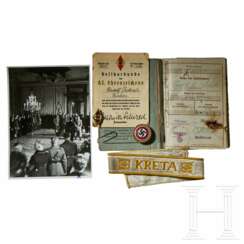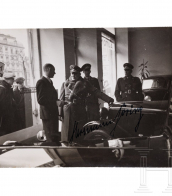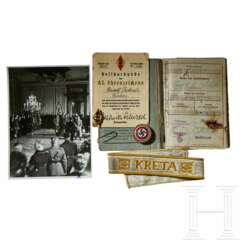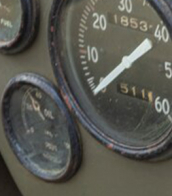gustav köhler
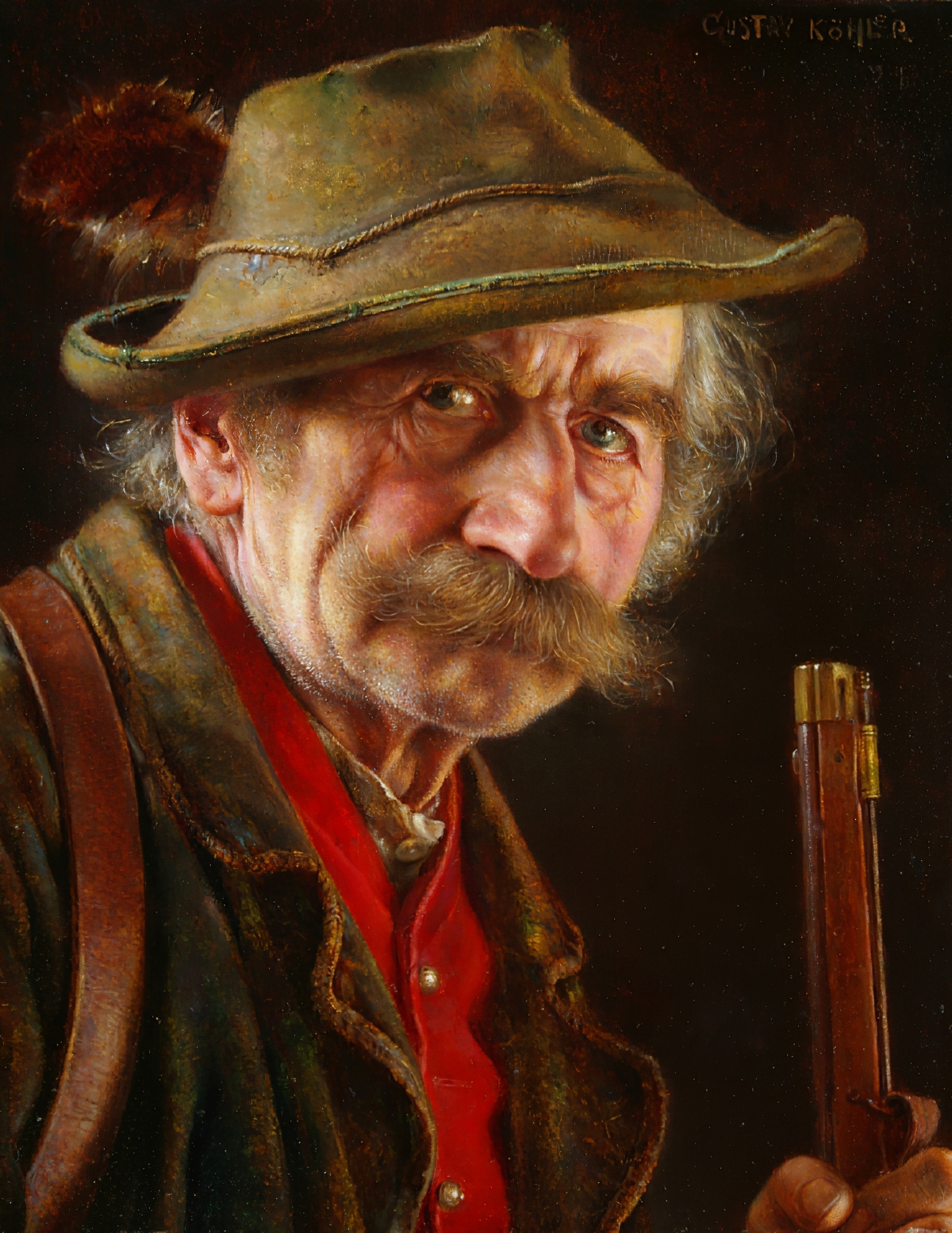
Gustav Köhler was a German portrait painter of the Dusseldorf school.


Gustav Köhler was a German portrait painter of the Dusseldorf school.
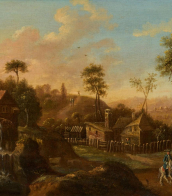
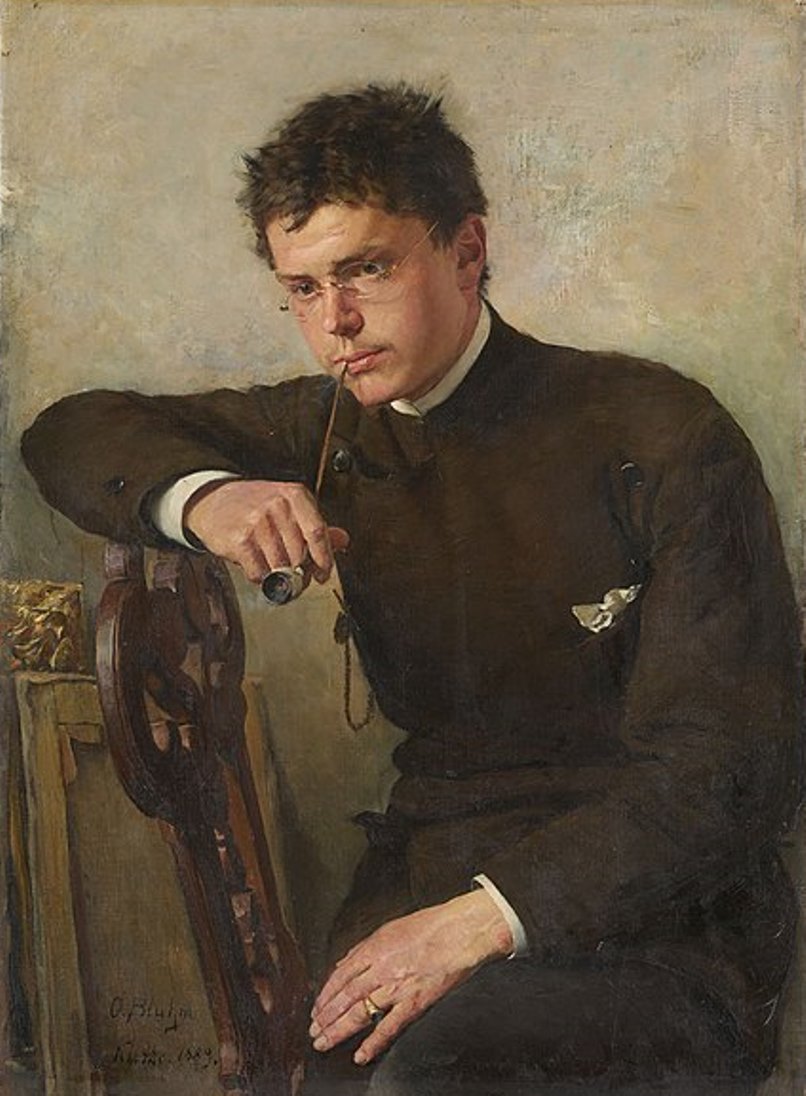
Hermann Dischler was a German painter.
He studied at the Grand Ducal Art School in Karlsruhe and opened his own studio in Freiburg in 1896. In 1907 he built his "artist's house" in Hinterzarten, where he organized permanent art exhibitions.
As a basis for his works, Dischler used his own photographs, which he projected directly onto canvas and then painted landscapes. He was most successful with his snowy winter paintings. Due to their documentary nature, these works have historical value today.
Hermann Dischler was a board member of the Baden Free Artists Association. In 1917 he was awarded the title of professor and in 1926 he became an honorary member of the regional association Badische Heimat.
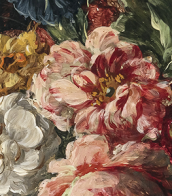

Hermann Dischler was a German painter.
He studied at the Grand Ducal Art School in Karlsruhe and opened his own studio in Freiburg in 1896. In 1907 he built his "artist's house" in Hinterzarten, where he organized permanent art exhibitions.
As a basis for his works, Dischler used his own photographs, which he projected directly onto canvas and then painted landscapes. He was most successful with his snowy winter paintings. Due to their documentary nature, these works have historical value today.
Hermann Dischler was a board member of the Baden Free Artists Association. In 1917 he was awarded the title of professor and in 1926 he became an honorary member of the regional association Badische Heimat.
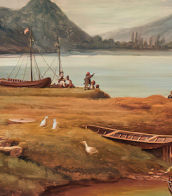

Hermann Dischler was a German painter.
He studied at the Grand Ducal Art School in Karlsruhe and opened his own studio in Freiburg in 1896. In 1907 he built his "artist's house" in Hinterzarten, where he organized permanent art exhibitions.
As a basis for his works, Dischler used his own photographs, which he projected directly onto canvas and then painted landscapes. He was most successful with his snowy winter paintings. Due to their documentary nature, these works have historical value today.
Hermann Dischler was a board member of the Baden Free Artists Association. In 1917 he was awarded the title of professor and in 1926 he became an honorary member of the regional association Badische Heimat.

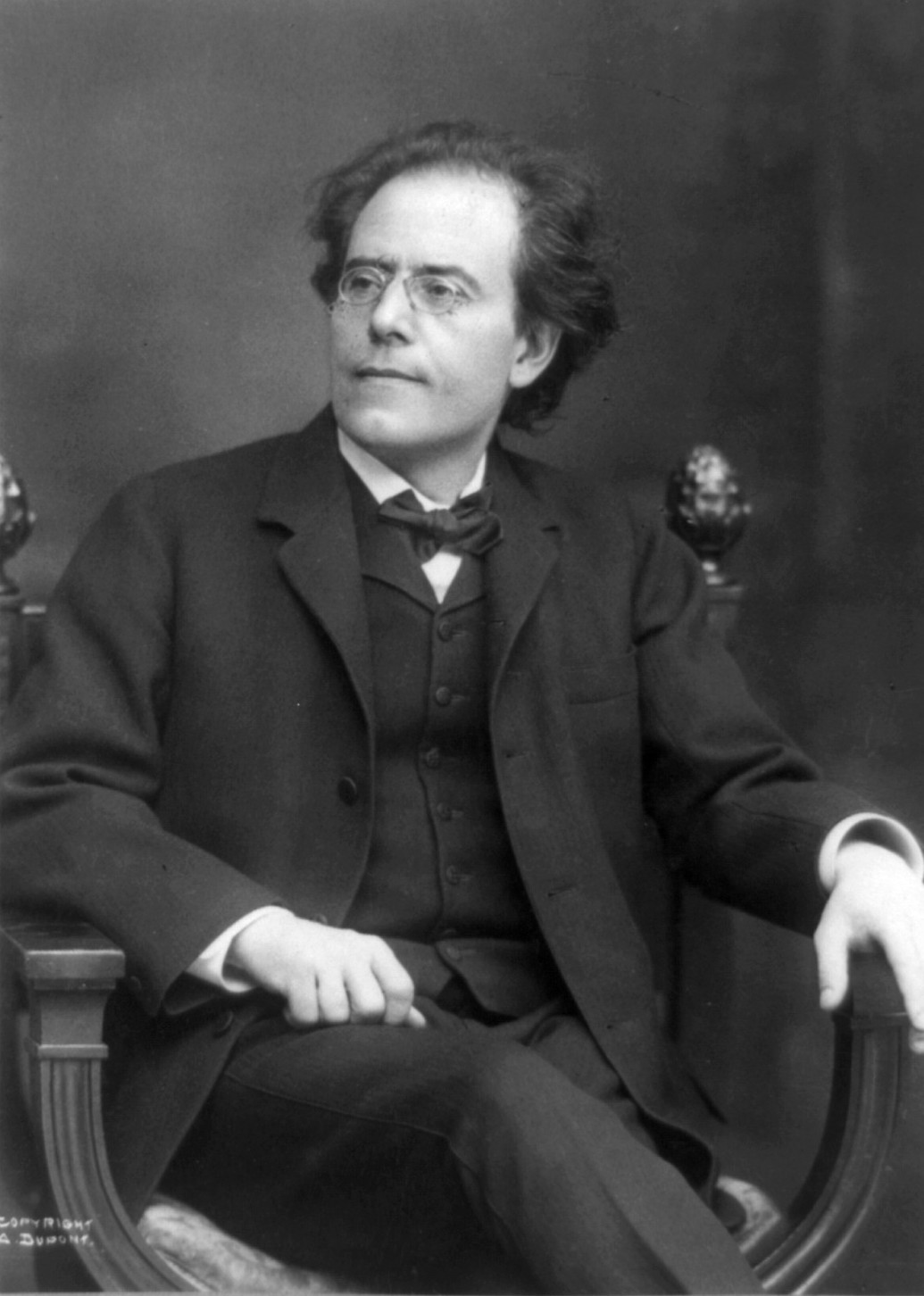

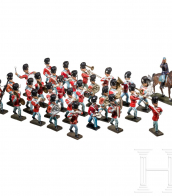
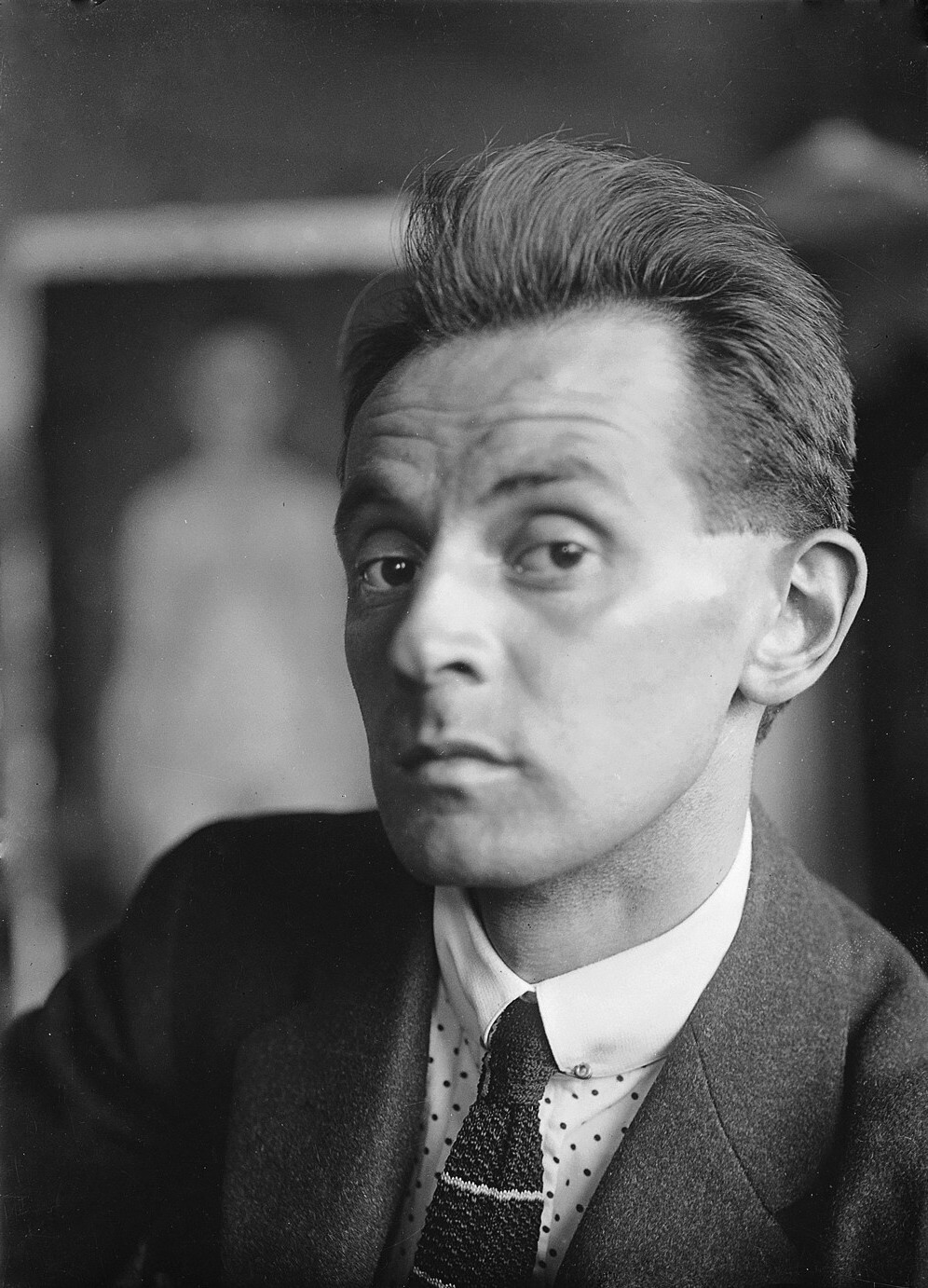
Egon Leo Adolf Ludwig Schiele, an Austrian Expressionist painter, is a figure whose work stands out for its raw intensity and exploration of sexuality, including a remarkable series of self-portraits that often featured nudity. Born in 1890 in Tulln, Lower Austria, Schiele's early life was marked by a fascination with trains and a troubled relationship with his family, especially following his father's death from syphilis when Schiele was just 15 years old. This event propelled him into the care of his uncle, who recognized Schiele's artistic talent despite his lack of interest in traditional academia, leading to Schiele's education at the Vienna Academy of Fine Arts.
Schiele's artistic journey was deeply influenced by his mentor Gustav Klimt, who introduced him to the Vienna Secession and the Wiener Werkstätte, enriching his art with elements of Art Nouveau and paving the way for his distinct style that evolved beyond the influence of his mentor. Schiele's art, characterized by its emotional and sexual honesty, utilized figural distortion to challenge conventional ideals of beauty, making his work groundbreaking for its time.
Throughout his career, Schiele focused on self-portraiture, the human body, and sexuality, often leading to controversy due to the explicit nature of his work. Despite his brief life, cut short by the Spanish flu in 1918 at the age of 28, Schiele's body of work left a lasting impact on the art world. His contributions are celebrated in numerous museums and galleries worldwide, with the Leopold Museum in Vienna housing the most extensive collection of his works, featuring over 43 paintings and 200 watercolors, drawings, and prints. Schiele's work remains influential, offering a stark, introspective look into the human condition and the existential crises of his time.
For collectors and experts in art and antiques, Schiele's work offers a profound exploration of expressionism, culture, and the avant-garde movements of early 20th-century Europe. His legacy is a testament to the power of art to challenge societal norms and to explore the depths of human emotion and sexuality.
To stay informed about new sales, auctions, and exhibitions related to Egon Leo Adolf Ludwig Schiele, consider signing up for updates. This subscription will ensure you're the first to know about opportunities to acquire pieces by this groundbreaking artist, enriching your collection with works that capture the essence of Viennese Modernism.
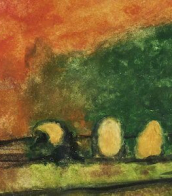
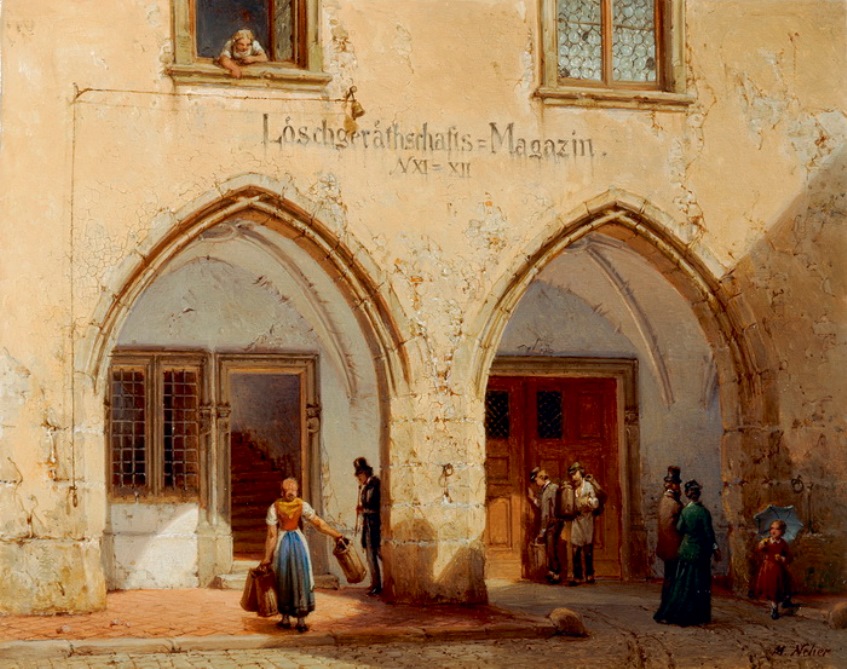
Michael Neher was a German painter and architectural decorator.
Michael studied at the Academy in Munich, in 1819 went to Italy and spent five years there, including two years in Rome, where he studied architectural painting in the studio of the artist Heinrich Maria von Hess, and in 1825 returned to Munich.
As a typical representative of the Biedermeier era, Neher produced many costume drawings and landscapes. He also became famous for his views of public places and architectural depictions of many Bavarian towns. From 1837, Michel Neher devoted himself entirely to architectural painting and traveled to improve his skills along the Rhine and to Belgium. In 1839 he painted several salons in Hohenschwangen Castle from designs by Schwind, Gasner and Schwanthaler. In 1876 he was made an honorary member of the Munich Academy.
